Positions of the space probes in 2011
Where are our space probes?
A space probe is a vessel sent by man in space and to explore objects in our solar system: planet, Comet, asteroid, Star, etc. Many attempts remained fruitless as the American side than on the Russian side, but the Soviets were the first are able to get an object made by humans, from the fields of terrestrial attraction.
January 2, 1959, the Lunik 1 space probe approach 6 000 km of the moon to then continue its journey in space after sending some data.
Two months later, the American Pioneer probe performs the same route. Since fifty years, these spacecraft are sent in our solar system, with a high failure rate but successful missions of its probes we are worth of beautiful comments that make dream, the general public and scientists.
A space probe may have different functions depending on the type of module it on-board. There is talk of Orbiter when it fits into orbit the target luminary, of Lander when it arises on a solid body, or probe of re-entry when it enters the atmosphere of a gaseous body. A probe's mission, make measurements in situ and transmit us its data. Equipped with cameras for comments, it shows us the target object, in an angle of view inaccessible from Earth and terrestrial atmospheric disturbances.
It is important to make a difference with artificial satellites, which they are intended to be launched into Earth orbit. However, some probes are also intended to be put in orbit around other planets, satellites of planets or even on small asteroids.
The United States largely dominate this area of the exploration of the solar system, by space probes. In 1964 a first space probe is sent to Mars, then towards Jupiter, in 1973 to Saturn and Jupiter, and another in 1972 to mercury, in 1977 to Uranus and Neptune and Jupiter and Saturn. In the 20th century, , in 2015 Pluto with the probe New Horizons.
The images coming us probes, often reflect our past but we also show our future.
Image: This image of 2011, shows the position of Voyager 1, launched in 1977, km 17.5 billion. Its signal is 16 hours to 117 times the distance Earth-Sun. Pioneer 10 is 15.4 billion km of the Sun, Voyager 2 to 14.2 billion km and Pioneer 11 to 12.4 billion km, well beyond the orbit of Pluto. Before the orbit of Pluton, the New Horizons probe is 3 billion km. All these spaceships used the effects of gravitational Slingshot to gain speed. Travel 1 is the fastest with a speed of 17 km/s. Credit: NASA, JPL-Caltech
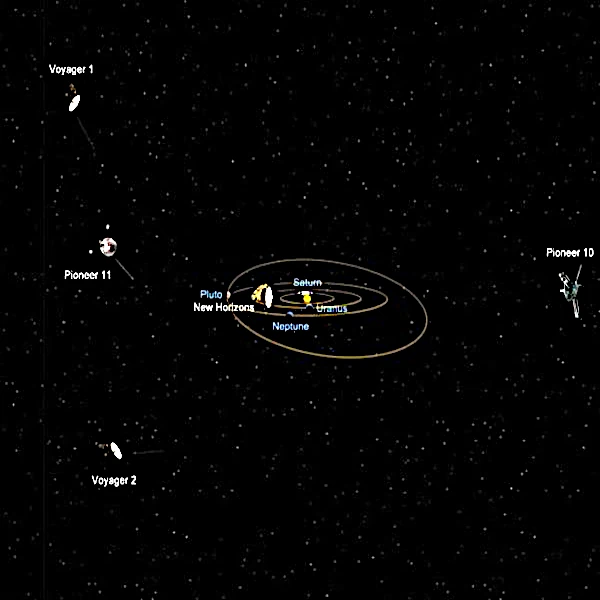
Articles on the same theme
1997 © Astronoo.com − Astronomy, Astrophysics, Evolution and Ecology.
"The data available on this site may be used provided that the source is duly acknowledged."
How Google uses data
Legal mentions
English Sitemap − Full Sitemap
Contact the author
 Giants of Observation: The Largest Ground-Based Telescopes
Giants of Observation: The Largest Ground-Based Telescopes 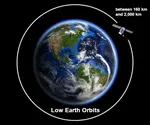 Low
Earth Orbits and their uses
Low
Earth Orbits and their uses 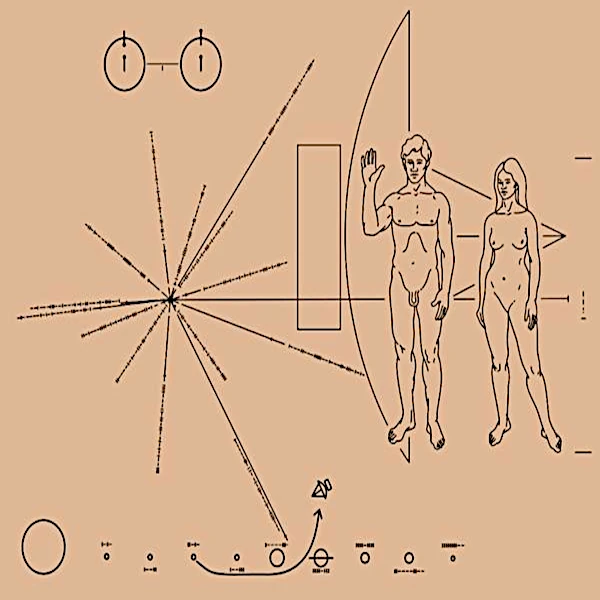 Pioneer, first message to extraterrestrials !
Pioneer, first message to extraterrestrials ! 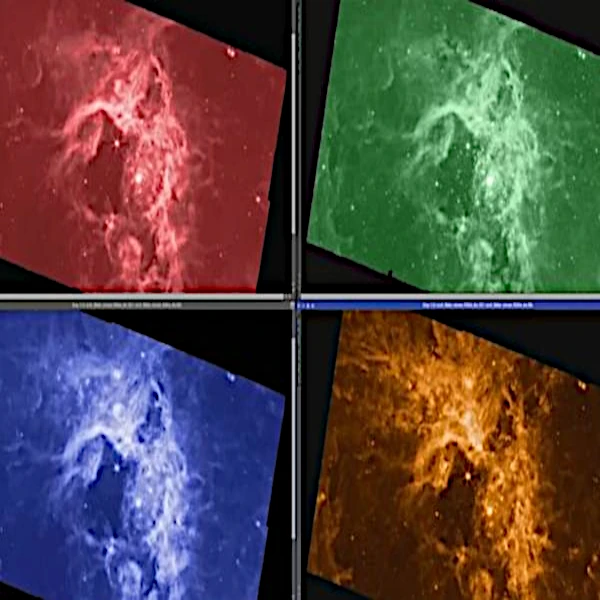 How to see infrared images from JWST?
How to see infrared images from JWST? 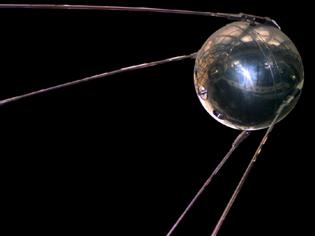 Sputnik, the Russian
companion
Sputnik, the Russian
companion 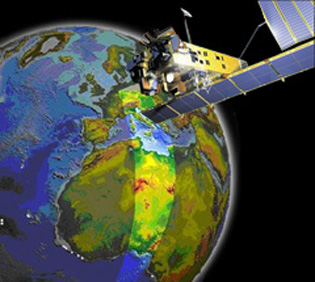 Envisat, the eye high-resolution of the Earth
Envisat, the eye high-resolution of the Earth 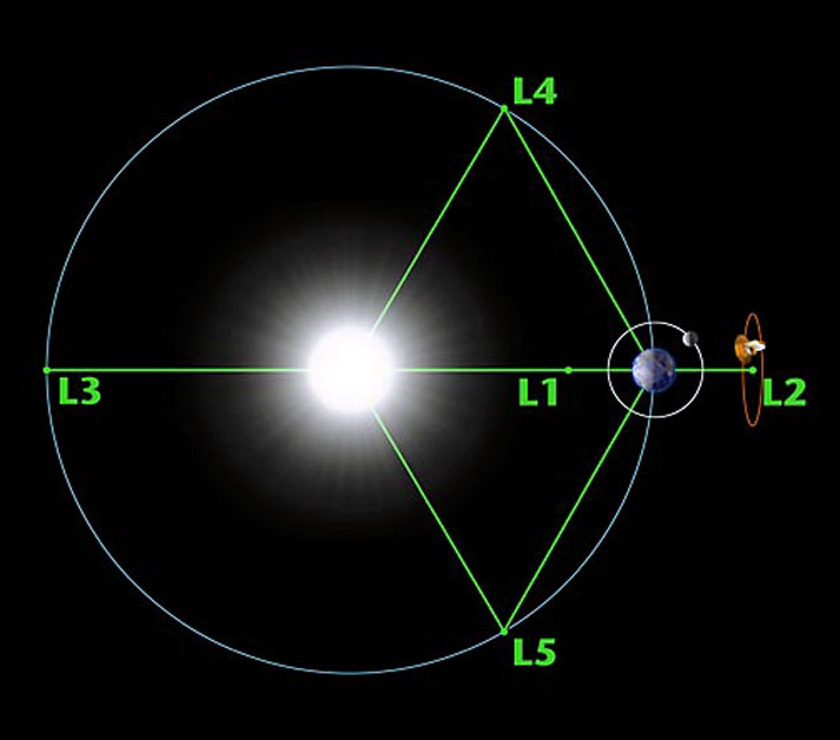 Lagrange points
Lagrange points 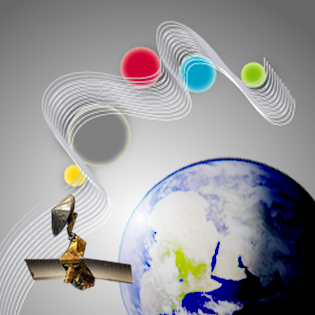 Mars Reconnaissance Orbiter
Mars Reconnaissance Orbiter 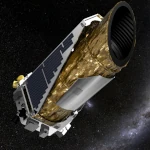 Kepler: 4,000 Worlds and More, A New Map of the Sky
Kepler: 4,000 Worlds and More, A New Map of the Sky  The Eclipse Seen from Above: What Satellites Reveal About the Hidden Sun
The Eclipse Seen from Above: What Satellites Reveal About the Hidden Sun 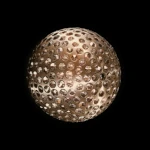 Why Measure Space at the Nanometer Level?
Why Measure Space at the Nanometer Level? 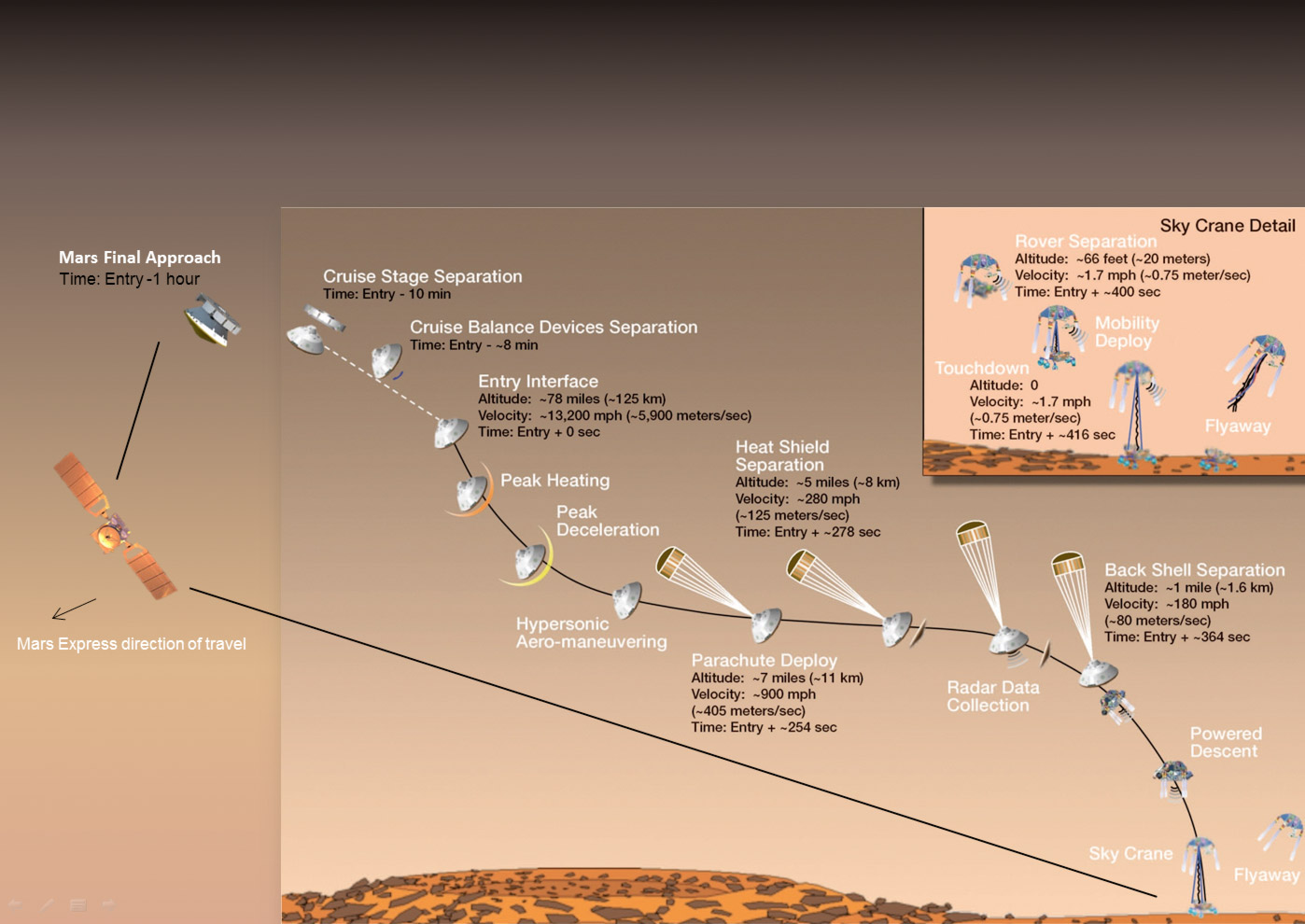 High-risk landing for Curiosity in 2012
High-risk landing for Curiosity in 2012 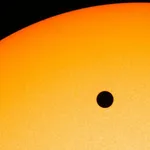 Cheops Space Telescope: A New Vision on Exoplanets
Cheops Space Telescope: A New Vision on Exoplanets 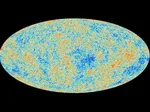 The world of Planck
The world of Planck
 Rosetta Space Probe: Comet Churyumov-Gerasimenko
Rosetta Space Probe: Comet Churyumov-Gerasimenko 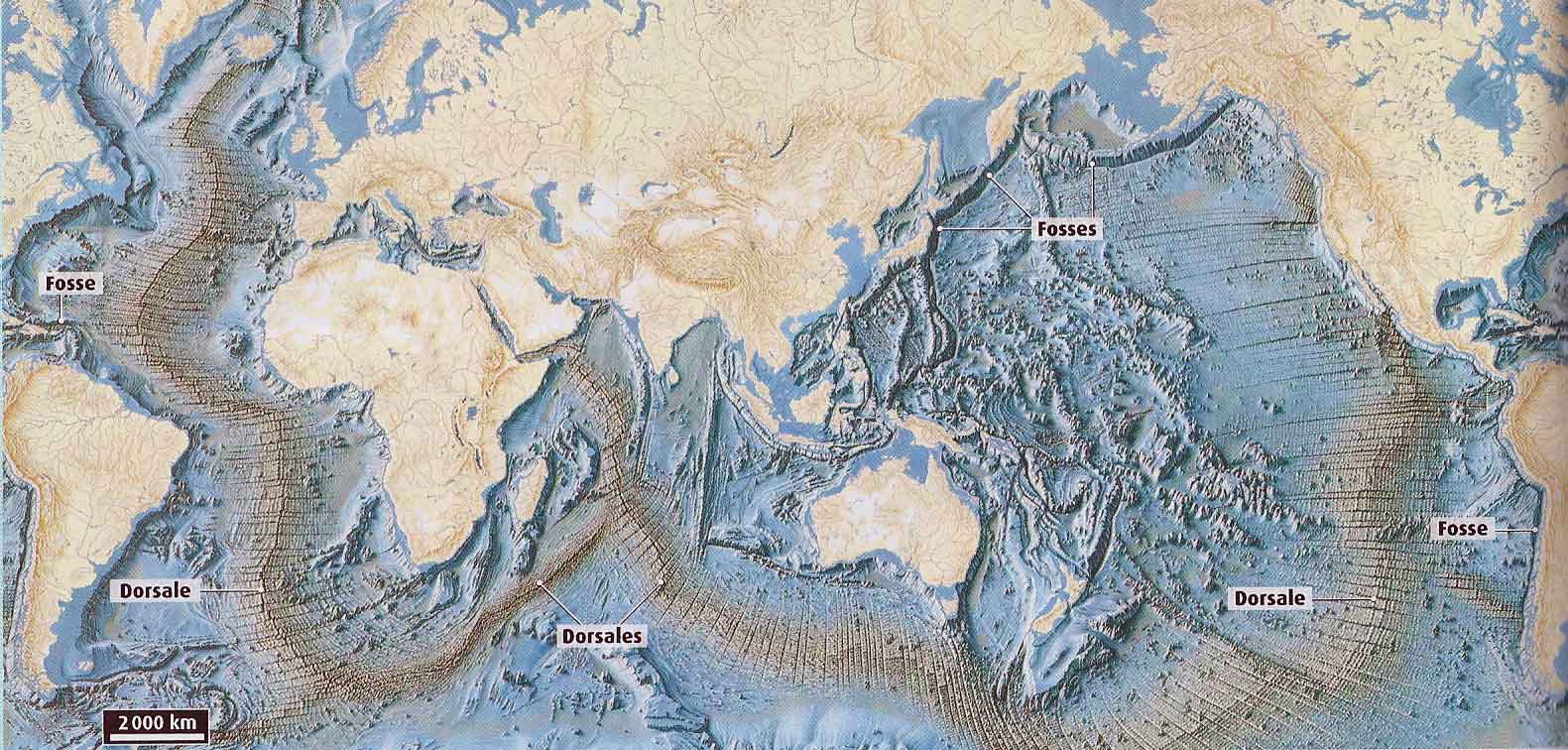 Satellites that measure underwater relief
Satellites that measure underwater relief 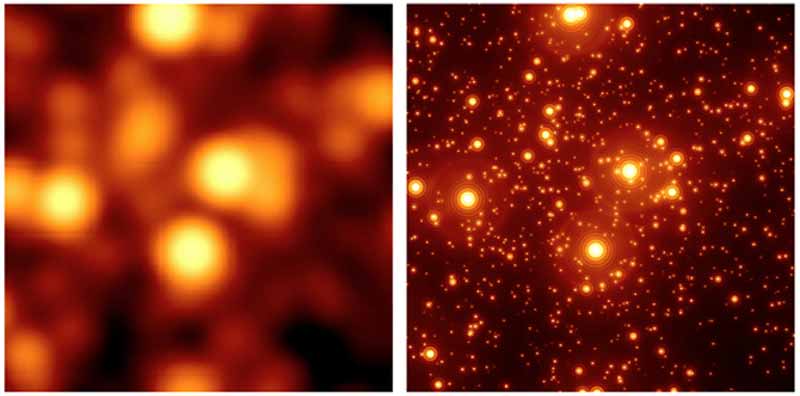 Adaptive optics and laser star
Adaptive optics and laser star 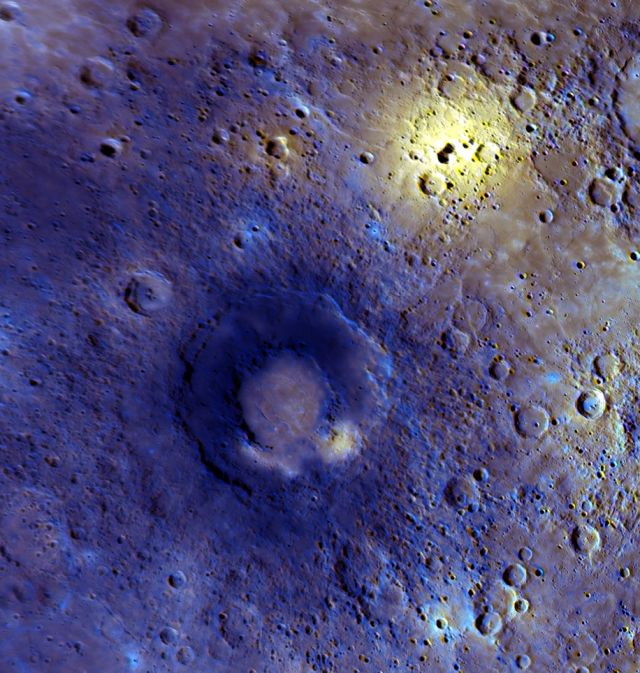 Flyover
of Mercury by MESSENGER
Flyover
of Mercury by MESSENGER  How GPS Locates
Your Position at Any Time?
How GPS Locates
Your Position at Any Time? 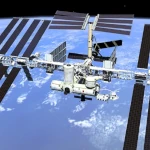 The ISS and Beyond? Towards the End of a Space Chapter
The ISS and Beyond? Towards the End of a Space Chapter 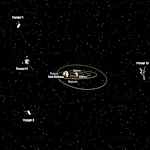 Voyager 1 Leaves Us Without Looking Back: The "Pale Blue Dot"
Voyager 1 Leaves Us Without Looking Back: The "Pale Blue Dot" 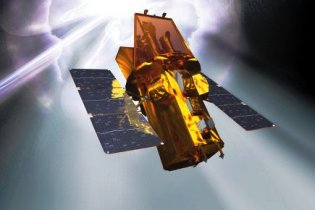 Space
telescopes are the eyes of the Earth
Space
telescopes are the eyes of the Earth  What is a space probe?
What is a space probe?
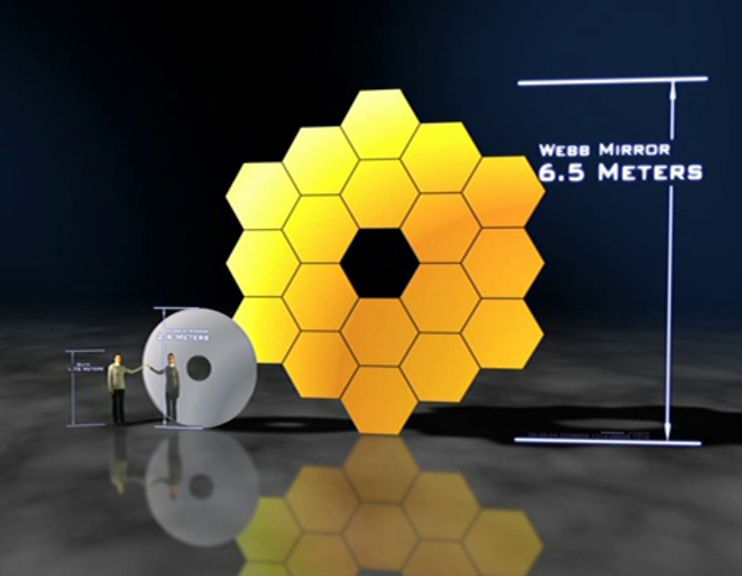 JWST in the
depths of space
JWST in the
depths of space  The
GAIA satellite maps the Milky Way
The
GAIA satellite maps the Milky Way 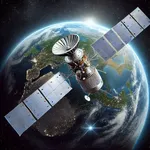 How to calculate the synchronous orbit?
How to calculate the synchronous orbit?  Modern cathedrals
Modern cathedrals
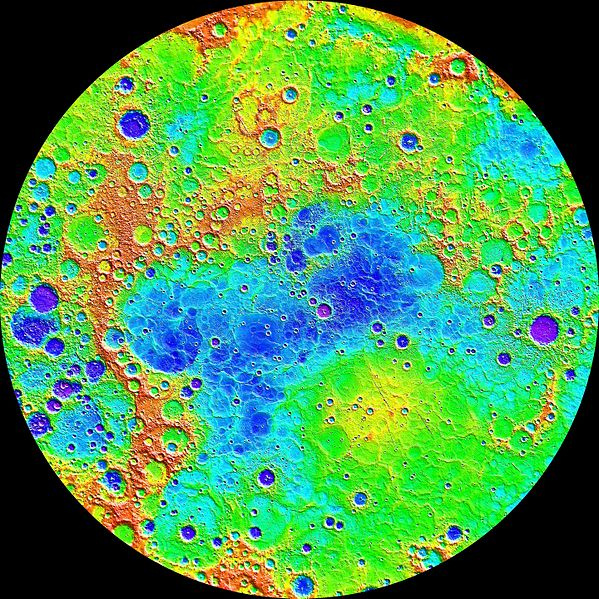 Mercury probes
Mercury probes 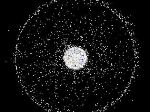 Space debris are increasing exponentially
Space debris are increasing exponentially 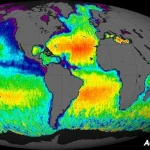 Aquarius: A Mission to Map Ocean Salinity
Aquarius: A Mission to Map Ocean Salinity 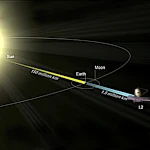 JWST: An Unprecedented Look at the First Lights of the Universe
JWST: An Unprecedented Look at the First Lights of the Universe  METEOSAT: A
Key Satellite for Climate Monitoring
METEOSAT: A
Key Satellite for Climate Monitoring 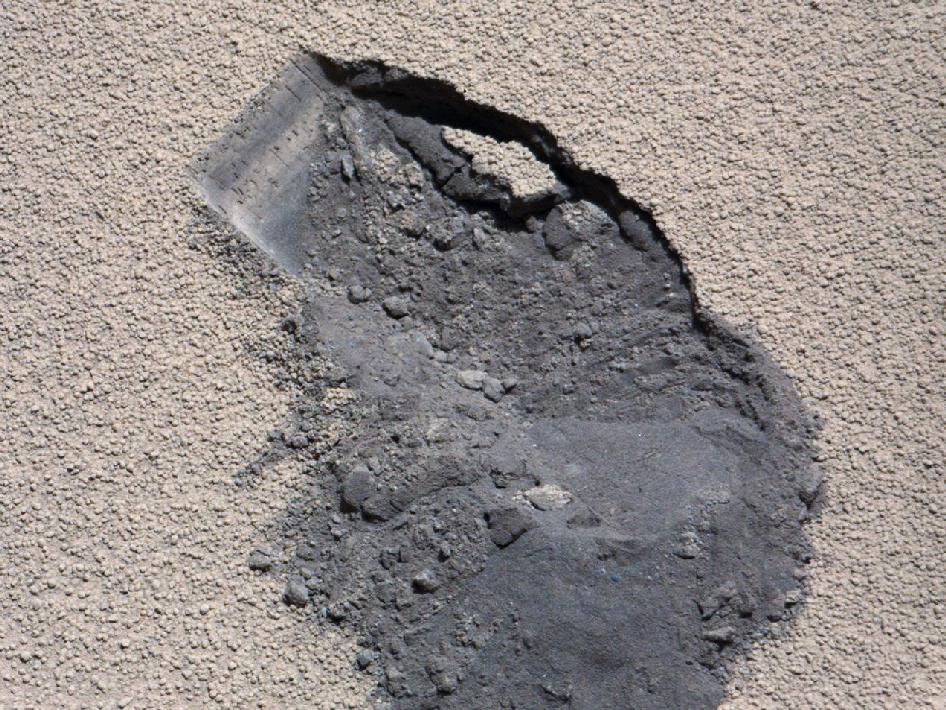 Curiosity, the first shovel, sample of Martian soil
Curiosity, the first shovel, sample of Martian soil 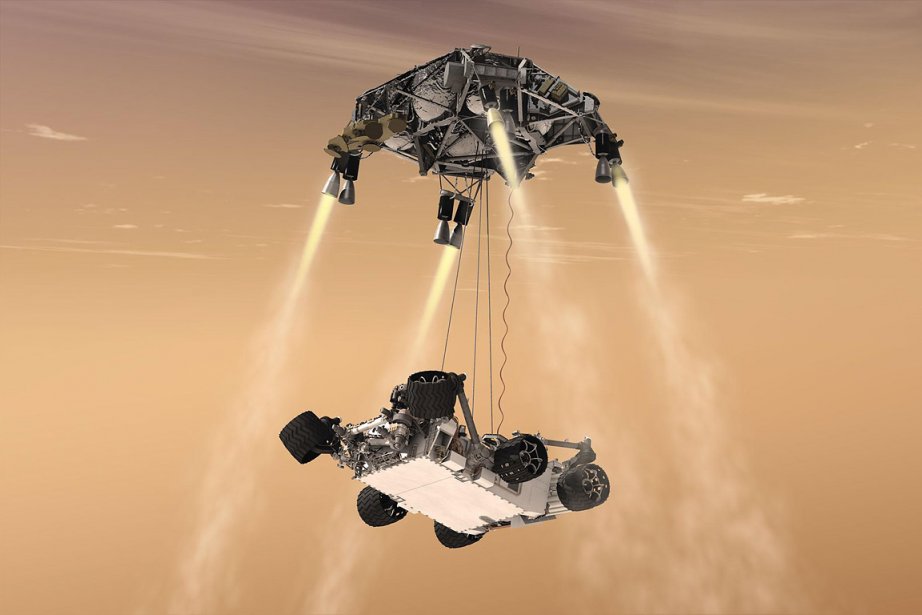 Probes of Mars
Probes of Mars
 Living on the
planet Mars
Living on the
planet Mars 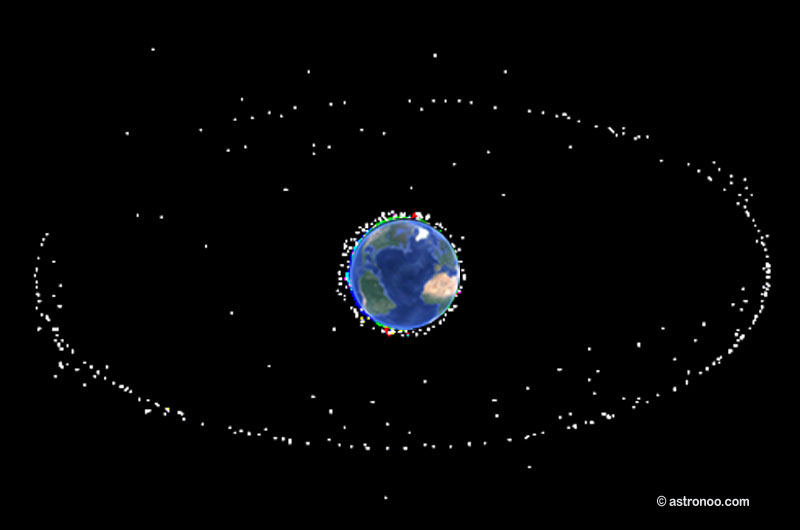 Where is the geostationary orbit?
Where is the geostationary orbit?  MOM,
the technological demonstration
MOM,
the technological demonstration  Venus probes
Venus probes 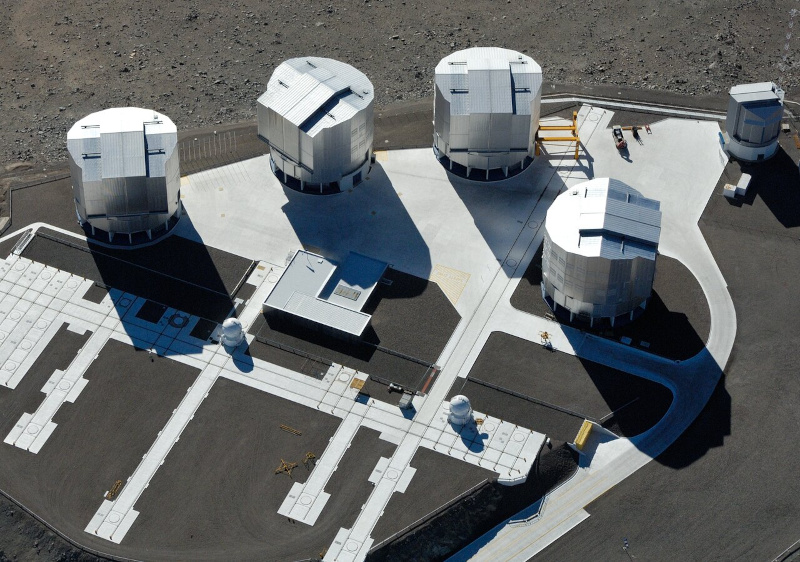 What is an interferometer?
What is an interferometer?
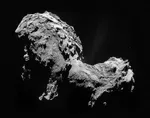 The Philae Robot and the Rosetta Comet
The Philae Robot and the Rosetta Comet 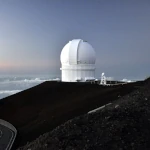 Mauna Kea Under the Stars: The CFHT Telescope in Pursuit of the Universe's Mysteries
Mauna Kea Under the Stars: The CFHT Telescope in Pursuit of the Universe's Mysteries